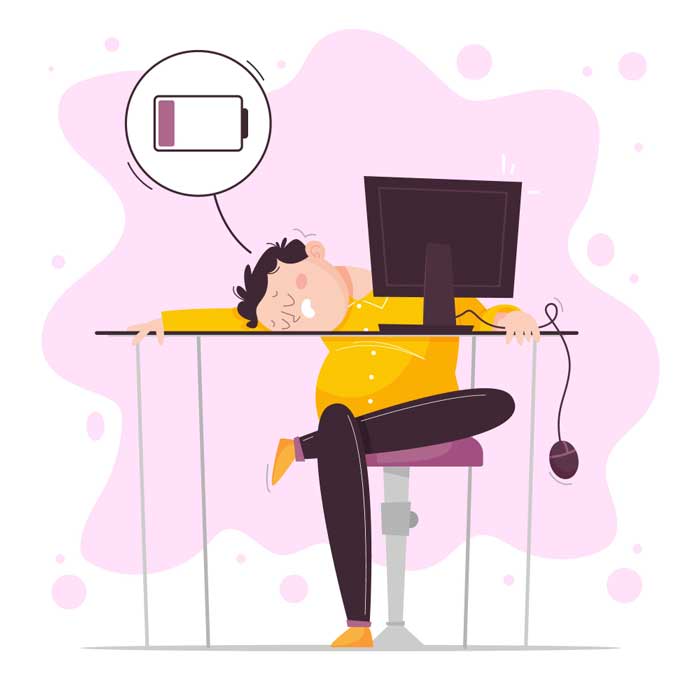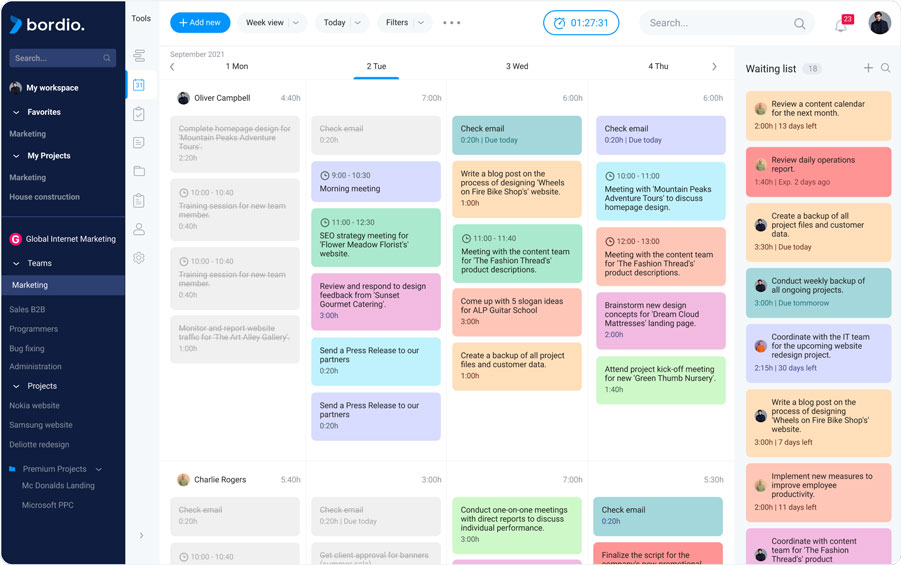Historical Context
Humans have consistently recognized the value of sleep. Egyptians often looked to dreams for inspiration or guidance. Daydreaming was a common practice, and there were many unique places where people could rest and fall asleep in the shade.

On the other hand, the Romans saw daytime naps as a way to restore energy, especially on hot days. Siesta, or afternoon rest after lunch, was a common practice that continues in many cultures to this day. The Greeks believed that sleep and dreams had a direct connection to the gods. They even had unique sanctuaries called “Asklepions,” where people sought healing and guidance through rest. Visitors to these shrines would spend the night hoping to receive a dream to answer their questions or problems.
Moving into later eras, with the advent of industrialization and the accelerated pace of life, daytime naps became less popular in some cultures. This rest was often perceived as a manifestation of laziness or inefficiency. However, modern research and scientific evidence again support the importance and benefits of daytime sleep for our health and well-being. Thus, the understanding and value of daytime sleep have changed over the centuries, but its significance remains constant. Daytime sleep remains vital to our physical and mental health regardless of time and culture.
A scientific view of sleep
Sleep is not just a period of rest for our body and mind; it is a complex and vital process that goes through several stages and performs many functions. During sleep, our brains actively process information and repair and restore bodily functions.
Brain activity: During REM (rapid eye movement) sleep, the brain actively processes information to help consolidate memory and learning. Neural connections are strengthened, and unnecessary synapses are pruned, making learning more efficient.
Recovery and regeneration: During the deep sleep (non-REM) stage of sleep, our body is actively repairing itself. This is when muscles regenerate, tissues grow, and hormones are released to regulate growth and stress.
Immune function: Sleep also plays a role in maintaining our immune system. Lack of sleep can make us more vulnerable to infections.
Daytime sleep versus nighttime sleep
Daytime naps offer a quick and efficient way to rejuvenate the body and mind. A short rest can rapidly restore energy levels, lift mood, and sharpen overall performance. Beyond simply feeling refreshed, our cognitive abilities receive a notable boost. Attention span, reaction time, and problem-solving processes show marked improvements after a brief daytime rest. Additionally, these short respites play a role in combating the daily stresses we encounter. A nap can decrease cortisol levels, often called the stress hormone, and provide an effective weapon against the weariness that builds up over the day. A good night’s sleep will increase your productivity and organization in your regular life and at work. Healthy sleep will support your nervous system, and valuable tools for projects will debug your work.

On the other hand, nighttime sleep is a more comprehensive therapeutic process. Over the night, our bodies cycle multiple times through REM (Rapid Eye Movement) and non-REM sleep stages. This cyclical pattern is essential for maximizing recovery, both mentally and physically. As we drift off into deeper stages of sleep, our bodies work on hormonal regulation. A whole night’s rest aids in balancing the production of various crucial hormones, such as growth hormone and insulin. The brain’s glymphatic system, a waste-clearing mechanism, becomes highly active during these hours, working diligently to remove accumulated waste and toxins. This cleansing process is pivotal for maintaining brain health and function.
Benefits of daytime naps
A daytime nap is more than just a short break during the day. It invests in your cognitive function, physical health, and emotional well-being.
– Memory Improvement: Studies show that daytime naps can improve short-term memory and help retain information.
– Creative stimulus: Rest and sleep can jumpstart creative thinking by helping the brain see problems from a new angle.
– Mood Enhancement: Daytime naps can reduce stress levels and improve mood, reducing the risk of depression and anxiety.
– Increased productivity: After a short rest, many people feel they can work faster and more efficiently.
– Improved concentration: Rest helps restore attention, making tasks that require focus less time-consuming.
Secrets to a Perfect Afternoon Nap
The length of your nap is pivotal. While the perfect duration varies from person to person, numerous research point to a sweet spot of 20 to 30 minutes. This window is sufficient to recharge without leaving you feeling dizzy or disoriented upon waking, a sensation often called “post-sleep lethargy.” The ambiance of your nap space plays a significant role, too. Seek out an environment that is cool, quiet, and dimly lit. Such conditions are conducive to falling asleep quickly. To enhance this environment further, consider incorporating tools like eye masks or earplugs, which can shut out distractions.
Consistency is another key. By napping at the same time daily, you not only establish a rhythm but also train your body to anticipate and optimize this rest. It ensures that your nap doesn’t inadvertently extend into a more prolonged slumber, which could disrupt your nighttime sleep pattern. In essence, a strategic afternoon nap is a potent tool for renewal. By adhering to these guidelines, you ensure that this brief period of rest yields maximum benefits for your mind and body.
Daytime sleep and productivity in the workplace

The capacity to maintain concentration over prolonged periods can wane as the day progresses. However, those who carve out a moment in their day for a brief nap often find themselves better equipped to focus on their tasks. This momentary shutdown can mean the difference between a productive afternoon and a sluggish one.
Moreover, as exhaustion sets in, the propensity for errors can escalate. Whether it’s a misplaced figure in a report or an oversight in a presentation, fatigue-induced mistakes can be detrimental. A short nap acts as a reset button, restoring mental clarity and minimizing the potential for such lapses. Creativity also finds a friend in the humble fur beyond just work’s logical and analytical aspects. The mind, during rest, melds and weaves disparate ideas, fostering innovative thoughts and solutions. This can be particularly valuable for roles that demand out-of-the-box thinking.
The corporate environment can be stressful, with deadlines, meetings, and targets perpetually looming. An interlude of rest can significantly reduce stress levels, promoting individual well-being and creating a more pleasant and harmonious workspace. Lastly, a buoyed mood post-nap can have ripple effects. A rejuvenated employee is likelier to engage positively with colleagues, fostering improved interpersonal dynamics and building team cohesion. In essence, amidst the hustle and bustle of modern work life, a brief daytime nap emerges not as a luxury but as a potent tool for maintaining efficiency, creativity, and camaraderie in the workplace.